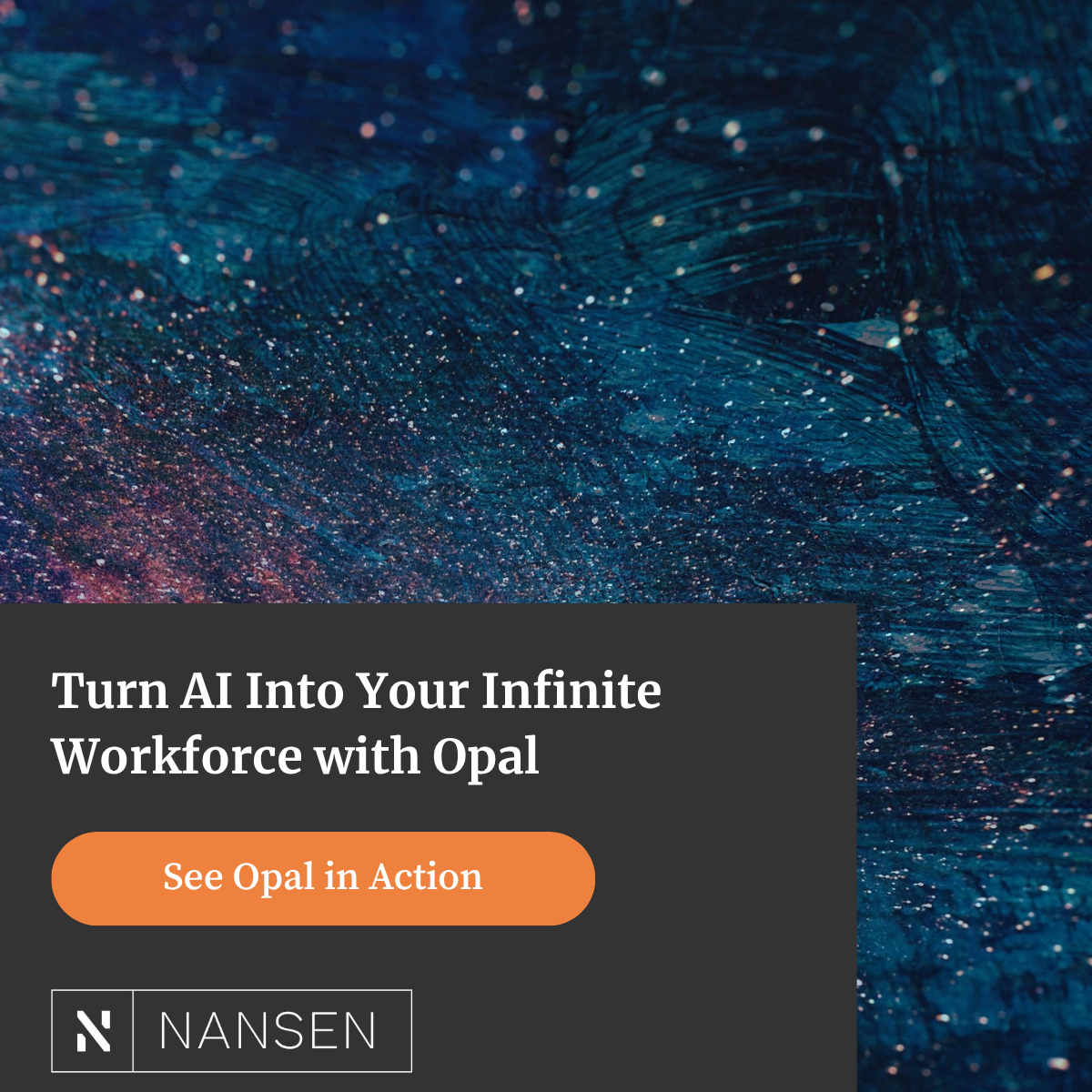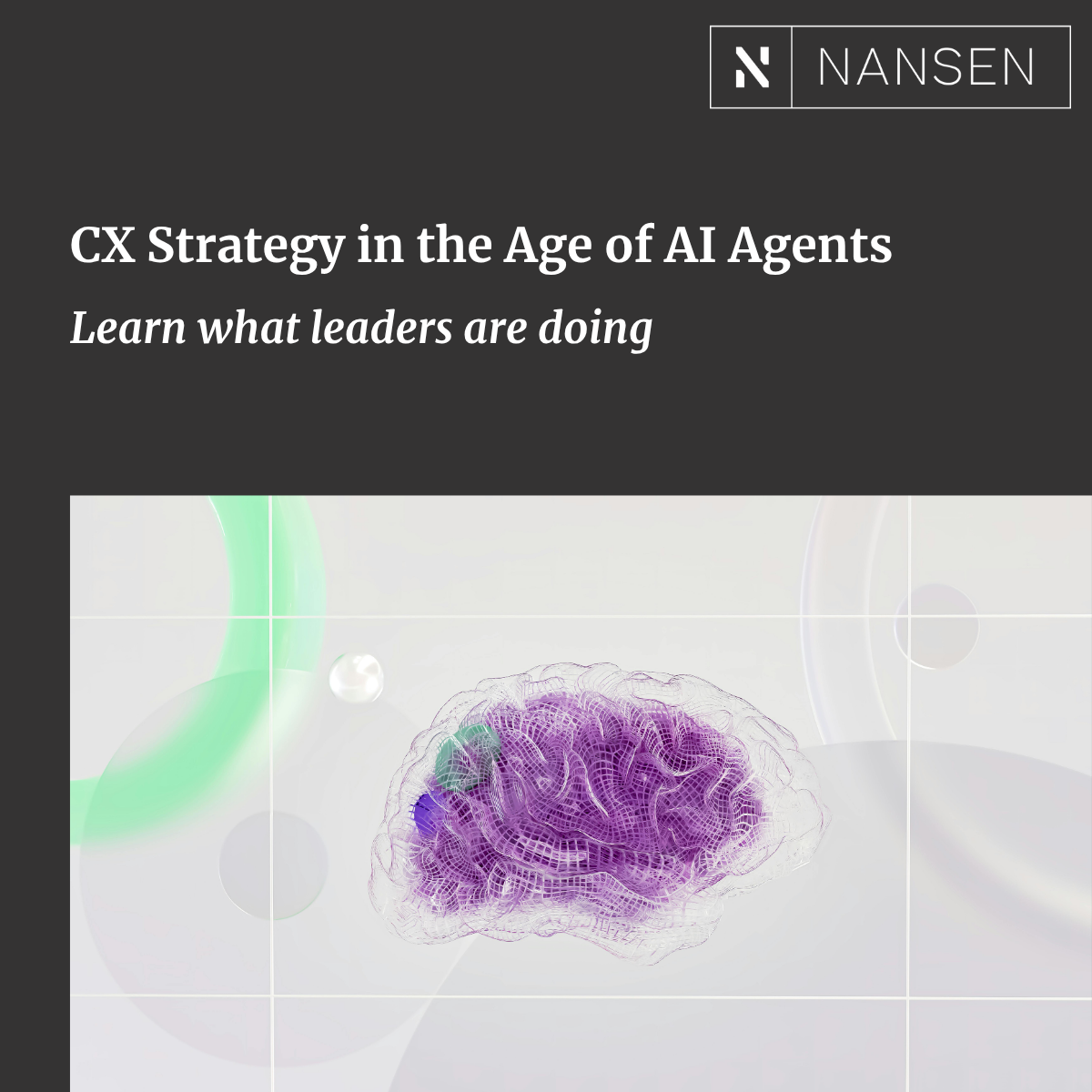Technology has always shaped retail, but artificial intelligence (AI) is speeding things up. What started with simple e-commerce tools has grown into a sweeping transformation of how retailers operate, personalize, and compete.
The opportunity is big. But so is the pressure. Getting started with AI doesn’t have to mean overhauling everything at once, but it does mean rethinking how you serve your customers, use your data, and run your business. Here’s where many retailers are focusing first — and where you might want to start.
Start by Reducing Friction
In today’s hyper-competitive market, delivering a seamless experience isn’t a nice-to-have — it’s a requirement. According to PwC, 55% of consumers say they’d stop buying from a brand after multiple bad experiences, and 32% say they’d leave after just one if it feels inconsistent.
Small moments of frustration — like broken filters, dead-end search results, or irrelevant product suggestions — can have outsized consequences. One of the most common pain points on retail sites? Shoppers simply can’t find what they’re looking for.
This often stems from how product discovery is set up. In many cases, search functionality is either too literal (relying on exact keywords and tags) or too shallow (offering side panels filled with loosely related products). If a user misspells a word or searches in an unexpected way, they hit a wall.
AI is well suited to help here. Unlike rule-based systems that depend on exact matches or pre-programmed associations, AI can learn from patterns, context, and behavior. It can understand that a vague query for “red summer shoes” should return a curated mix of sandals, sneakers, and flats—even if those terms don’t appear in the product title. It can also infer that certain items should be linked, even if a human never explicitly paired them.
By making product discovery more intuitive, AI doesn’t just reduce friction—it reinforces consistency, which plays a huge role in keeping shoppers coming back.
Making the Experience Work Harder (and Smarter)
Fixing what’s broken is one thing. But AI also gives you new ways to stand out.
Take Walmart’s AI assistant. A customer can type, “I’m hosting a Fourth of July cookout,” and instantly get a curated cart with everything they might need — from burgers to sparklers (pending local laws, of course). That kind of experience boosts both satisfaction and basket size.
Or look at Amazon’s AI-generated review summaries, which condense thousands of reviews into one helpful paragraph. Shoppers can quickly understand pros, cons, and patterns — making faster, more confident decisions. Sephora takes it even further with virtual try-ons and AI-powered color matching that mimics the in-store experience.
When AI works behind the scenes, it lets the customer experience shine out front.
You Don’t Need to Be Amazon
Yes, big retailers have big budgets. But you don’t need an in-house AI lab to compete. Platforms like Klaviyo, Optimizely Opal, and Dynamic Yield are making AI-powered personalization and automation more accessible than ever.
The trick is to focus on what matters to your business. That might mean using AI to personalize email flows, build dynamic landing pages, or flag low-stock items before they become a problem.
If you’re not ready to implement AI tools today, no problem. Start with your data. Clean, structured, privacy-compliant first-party data is the foundation for almost every AI use case. Getting it organized now sets you up for more advanced applications later.
Personalized experiences aren’t a future advantage. They’re becoming a baseline expectation.
Don’t Overlook the Back End
While most people think of AI as a front-end tool, some of its biggest advantages show up behind the scenes.
Retailers are using AI to forecast demand more accurately, fine-tune inventory, and detect fraud before it hits. H&M, for example, uses AI to align production with real-time demand, helping reduce overstock and markdowns. Even customer reviews can become a strategic asset when AI summarizes and analyzes them for product or service insights.
McKinsey estimates that AI can cut inventory forecasting errors by up to 50% and reduce stockouts by up to 65%. That translates to fewer surprises and fewer headaches for your team.
Move Fast — But Thoughtfully
There’s no question AI has major upside. But how you use it matters.
Used carelessly, it can raise privacy concerns, frustrate customers, or create unintended bias. Used thoughtfully, it can enhance trust, empower your teams, and drive meaningful results over time.
That’s why more retailers are starting with clear goals and transparent policies. Some are putting internal AI guidelines in place to ensure that automation doesn’t come at the expense of customer experience or brand values.
Bottom line? You don’t have to do everything at once — but it pays to be intentional.
Let’s Talk Next Steps
Not sure if you’re ready for AI? Or wondering where to start? That’s completely normal.
Whether you’re exploring AI tools for the first time or looking to scale what you’ve already got, it often starts with a simple conversation: What problems are you trying to solve? What data do you already have? What could you make easier, faster, or better?
Contact us to start that conversation. We’d be happy to talk through where AI can help and how to make it work for your business.













